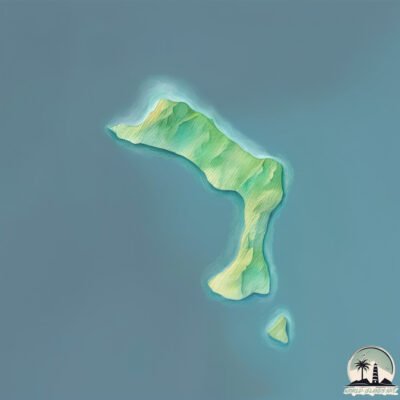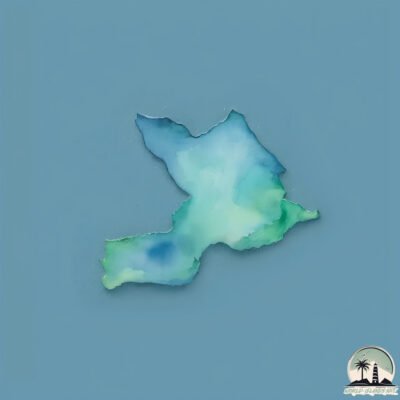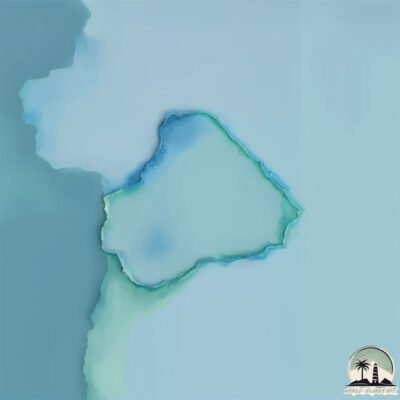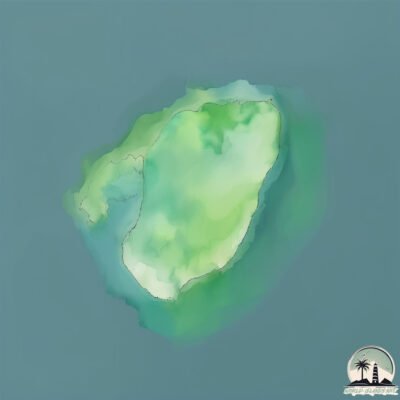Japan
The Islands of Japan: A Tapestry of Natural Splendor and Cultural Richness
Japan, a country of over 600 islands, presents a fascinating blend of ancient traditions and natural beauty. From the northern reaches of Hokkaido to the tropical Okinawa archipelago in the south, each island adds a unique brushstroke to the diverse canvas of Japan’s landscape.
I. Northern and Central Islands
Hokkaido, the northernmost island, is famed for its rugged wilderness, ski resorts, and the indigenous Ainu culture. Honshu, the largest island, houses the majority of Japan’s population and iconic cities like Tokyo and Kyoto, blending ultra-modern living with ancient temples and traditions.
II. Southern Archipelagos
Shikoku and Kyushu, while smaller, are rich in natural hot springs, historical landmarks, and traditional festivals. The Ryukyu Islands, including Okinawa, stand apart with their subtropical climate, distinct Ryukyuan culture, and history as an independent kingdom.
III. Remote Islands and Natural Beauty
Japan also encompasses numerous remote islands, each offering unique landscapes and biodiversity. The Ogasawara Islands, a UNESCO World Heritage site, are known for their pristine beaches and endemic species. The Izu Islands, with their volcanic origins, provide a haven for nature enthusiasts and adventure seekers.
IV. Cultural and Historical Significance
These islands are not just geographical entities; they are steeped in history and culture. They have been the sites of historical events, from samurai battles to World War II conflicts. Their diverse cultural landscapes reflect a long history of regional differences, trade, and interaction with neighboring countries.



















